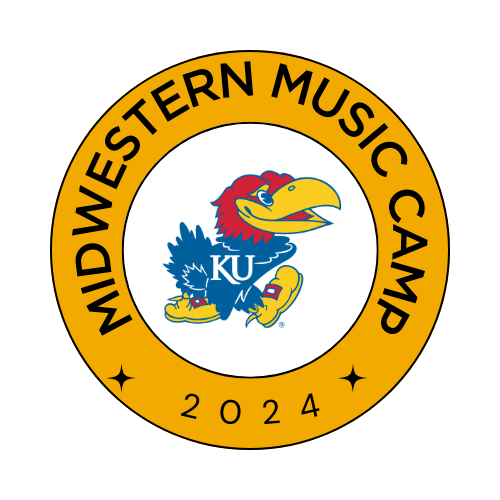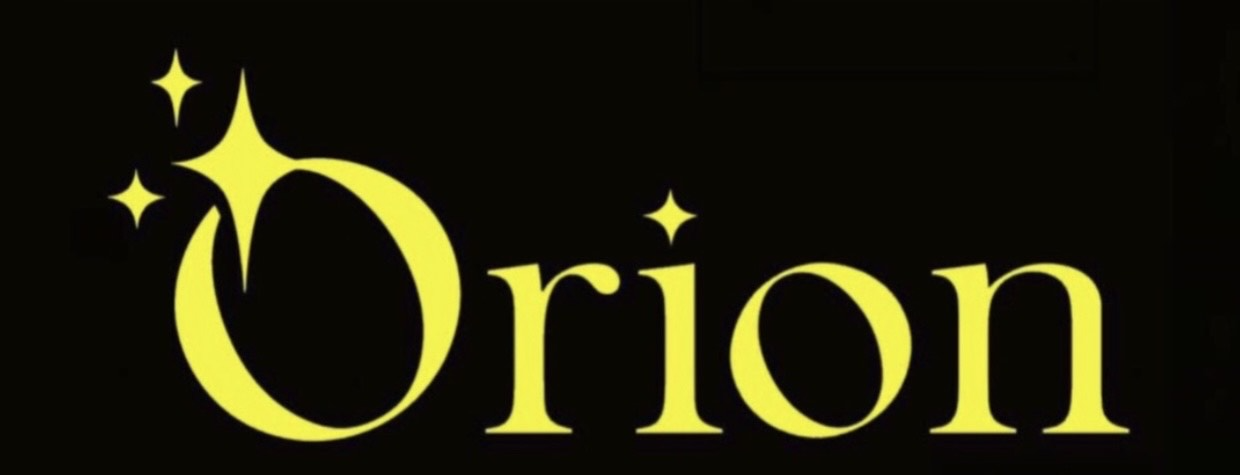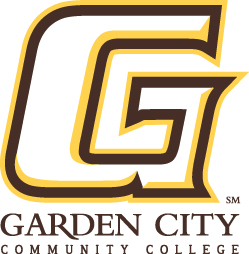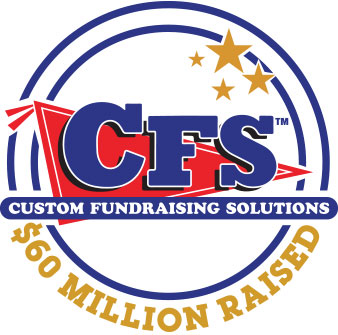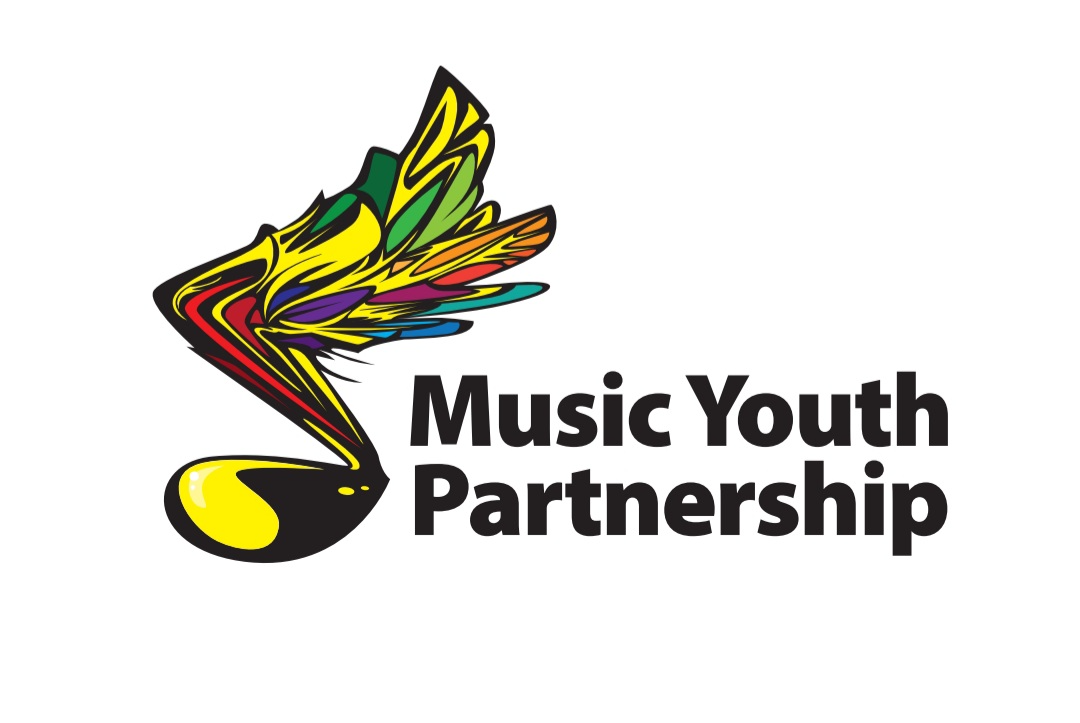The Neurological Value of a Competition
by Marina McLerran
Editor, McLerran Journal
Assistant Band Director, Center ISD, TX
The dictionary defines competition as “the active demand by two or more organisms or kinds of organisms for some environmental resource in short supply.” In the case of music competitions, the resource in question can take the form of a first-place award, grant money, or sometimes the chance to perform at a state convention. These competitions provide educators with opportunities to teach their students important life skills like goal-setting, time-management, team-work, etc. but what exactly does participating in a competition look like on the neurological level?
This is Your Brain on Competition
According to a study performed by Michela Balconi in 2017, the specific portion of the brain that manages periods of competition is the prefrontal cortex (PFC), or frontal lobe. This part of the brain is responsible for higher-order brain functions like emotional regulation, working memory, stimulus detection, and sequencing tasks (Siddiqui et al., 2008). The specific responsibilities of the medial prefrontal cortex, where activity appears to be localized during competitive activities, is responsible for “bimanual coordination, attention to demanding cognitive tasks, modulation of body arousal, spatial memory, self-initiated movement, and conflict resolution (medial prefrontal and medial orbital regions)” (Siddiqui et al., 2008). It is interesting to note the increase in brain activity in the PFC observed by researchers specifically in the post-feedback period, indicating the subjects were more engaged when performance results were being evaluated (Balconi et al., August 2017). Consistently, this activity was localized in the right hemisphere of the PFC (Balconi et al., August 2017), the area of the brain responsible for feelings of anxiety or sadness (Breazeale, 2013).
Educators should also consider the stark difference in brain activity between periods of competition and cooperation. While both of these actions can be classified as interpersonal social interactions, it has been observed that subjects who are cooperating exhibit more evidence of action planning and expend noticeably less cognitive capital (Balconi et al., August 2017). “Specifically competition,” Balconi writes, “as a social-evaluative phenomenon, can increase the amount of cognitive resources beyond what is needed to simply execute the task demands. In particular, the cognitive effort could be increased in competition when subjects have particularly contrasting goals” (Balconi et al., August 2017). In plain terms, students who are competing are using more energy than those who are cooperating on the same activity.
Perception of Social Standing
Social status can be defined as “the degree of honor or prestige attached to one’s position” within a community and is often “associated with the ability of individuals to live up to some set of ideals or principles regarded as important by the society” (Maiese, 2004). Competition plays an enormous role in the ability of an individual to earn or keep their position within this hierarchy and therefore to be deemed as either successful or unsuccessful. This phenomenon is so deeply ingrained in human nature, that social perception can actually affect an individual’s performance in a competitive situation (Munafò et al., 2005). “The self-perception during competition,” according to Balconi, “may affect the subjective internal judgment and manifest as an increased cerebral responsiveness in those areas related to competitive conditions, and positively affect the performance outcomes” (Balconi, et al., August 2017). Therefore, an individual who receives positive feedback about their performance, and is potentially advancing their social standing, as a result, may actually alter their behavior in social contexts (Balconi, et al., August 2017). Educators must be cautious then when presenting students with competitive activities and take steps to safeguard the development of student self-esteem and confidence. Over-emphasis on results, instead of taking time to point out individual improvement also, can leave a portion of the student body feeling unsure of themselves and unwilling to continue trying new things (Lyness, 2018). Within the learning environment, presenting one’s self with class and putting forth a regular effort should be hailed as equally important as winning competitive activities.
Effect on Performance Outcomes and Memory
There is an interesting relationship between competitive situations and the ability of an individual to “outperform” themselves. According to Balconi, “the direct interaction between the subjects and the observed external feedback of their performance […] affected the cognitive performance with decreased error rates and response times” (Balconi, et al., August 2017). Simply stated, an individual performing under the pressure of evaluation will employ a greater amount of neurological resources and therefore complete the task with greater accuracy and speed than in non-competitive situations. This being said, however, there is evidence that students who engage in competitive activities are less likely to form long-term memories than students who are not competing (Tricomi, et al., 2016). This is plausibly caused by the localization of activity in the medial prefrontal cortex (involved in social-referencing) and the precuneus https://medical-dictionary.thefreedictionary.com/precuneus /posterior cingulate cortex https://www.sciencedirect.com/topics/neuroscience/posterior-cingulate (related to off-task thoughts) (Tricomi, et al., 2016). “While competition may make a task more enjoyable,” Tricomi writes, “the goal of winning may distract from maximizing performance” (Tricomi, et al., 2008).
Another factor for educators to consider is the number of competitors in each situation. In a 2007 study led by Stephen M. Garcia, it was determined that an individual’s competitive motivation is inversely related to the number of participants (N) in a competitive situation; the N-effect (Garcia, S. M., & Tor, A. et al., 2007). This phenomenon was exhibited throughout multiple versions of the trial in which the same challenge was put to both larger and smaller groups of students and then evaluated. In their first round of studies, researchers compared the average SAT scores of different venues (those with more test takers and those with significantly fewer), and found that regardless of external factors like parental income, ethnic identity, population density, and the presence of other standardized tests, the average score was consistently lower in venues with higher attendance (Garcia, S. M., & Tor, A. et al., 2007). A second study revealed the same results when groups of either ten or one hundred undergraduate students were asked to take a timed quiz as fast as possible. In this scenario, students were told that the fastest twenty percent of each group would receive a small cash prize. Despite the odds of success being the same between the smaller and larger groups, it was again observed that students with fewer competitors achieved higher performance and completed the quiz significantly faster (Garcia, S. M., & Tor, A. et al., 2007). This N-effect is not only relevant for educators considering how to structure in-class competitions, but also directly relates to the age-old discussion on appropriate class sizes in the school setting. Obviously, students with more access to the teacher on a daily basis and also fewer competitors in testing situations will be more successful.
Finding Balance
The purpose of competition in the classroom must be first and foremost to enhance a student’s educational experience and encourage the development of good citizenship. When deciding to enter an ensemble or individual into a contest, directors must ask themselves what the experience will teach the students and exactly how it will encourage personal growth, keeping in mind the inability of competitions, in general, to aid students in the formation of long-term memories. Educators must also respect the relationship between competitive activities and an individual’s perceived social standing. Over-emphasis on winning, as opposed to mastery of a concept, can detract from the students’ musical and personal development and ironically, will also likely harm the program’s contest performances in the long-term. Instead, directors are encouraged to seek balance within the rehearsal space (for example, conclude chair tests with an award of both “1st place” and “most improved”) and set annual goals that include superior contest performances but focus on creating an inclusive learning environment.
Sources
Balconi, M., & Vanutelli, M. E. (August 2017). Brains in Competition: Improved Cognitive Performance and Inter-Brain Coupling by Hyperscanning Paradigm with Functional Near-Infrared Spectroscopy. Frontiers in behavioral neuroscience, 11, 163. Web. 30 July, 2019. <https://www.ncbi.nlm.nih.gov/pmc/articles/PMC5583169/>
Balconi, Michela, & Crivelli, Davide, & Vanutelli Maria Elide. (September 2017). Why to Cooperate is Better than to Compete: Brain and Personality Components. BMC Neurosciencev. Vol 18, Article number: 68. Web. 30 July, 2019. <https://bmcneurosci.biomedcentral.com/articles/10.1186/s12868-017-0386-8>
Breazeale, Ron, Phd. (2013). The Role of the Brain in Happiness. Psychology Today. Sussex Publishers, LLC. Web. 2 August, 2019. <https://www.psychologytoday.com/us/blog/in-the-face-adversity/201302/the-role-the-brain-in-happiness>
DiMenichi, Brynne C., & Tricomi, Elizabeth. (2016). Increases in brain activity during social competition predict decreases in working memory performance and later recall. Human Brain Mapping. Vol 38, Issue 1. Pp.457-471. January 2017. Wiley Online Library. Web. 30 July, 2019. <https://onlinelibrary.wiley.com/doi/abs/10.1002/hbm.23396>
Garcia, S. M., & Tor, A. (2007). Rankings, standards, and competition: Task vs. scale comparisons. Organizational Behavior and Human Decision Processes, 102(1), 95-108. Web. 30 July, 2019. <https://psycnet.apa.org/record/2007-00006-007>
Lyness, D’Arcy, Phd. (2018). Your Child’s Self-Esteem. KidsHealth. The Nemours Foundation. Web. 2 August, 2019. <https://kidshealth.org/en/parents/self-esteem.html>
Maiese, Michelle. (2004). Social Status. Beyond Intractability. The Beyond Intractability Project, The Conflict Information Consortium, University of Colorado at Boulder. Web. 2 August, 2019. <https://www.beyondintractability.org/essay/social_status>
Merriam-Webster Dictionary. (2019). Competition. Merriam Webster. Merriam-Webster Incorporated. Web. 20 July, 2019. <https://www.merriam-webster.com/dictionary/competition>
Munafo, M. R. & Clark, T. & Flint, J. (2005). Does the measurement instrument moderate the association between the serotonin transporter gene and anxiety-related personality traits? A meta-analysis. Molecular Psychiatry. Vol 10, pp. 415-419. Web. 30 July, 2019. <https://www.nature.com/articles/4001627#Ack1>
Siegel, D. J. (2010). Vying for the Prize. Association for Psychological Science. Washington, D.C. Web. 30 July, 2019. <https://www.psychologicalscience.org/observer/vying-for-the-prize-competition-in-large-and-small-groups>
Siddiqui SV, Chatterjee U, Kumar D, Siddiqui A, Goyal N. (2008). Neuropsychology of prefrontal cortex. Indian J Psychiatry. 2008;50 (3):202–208. Web. 31 July, 2019.<https://www.ncbi.nlm.nih.gov/pmc/articles/PMC2738354/>




